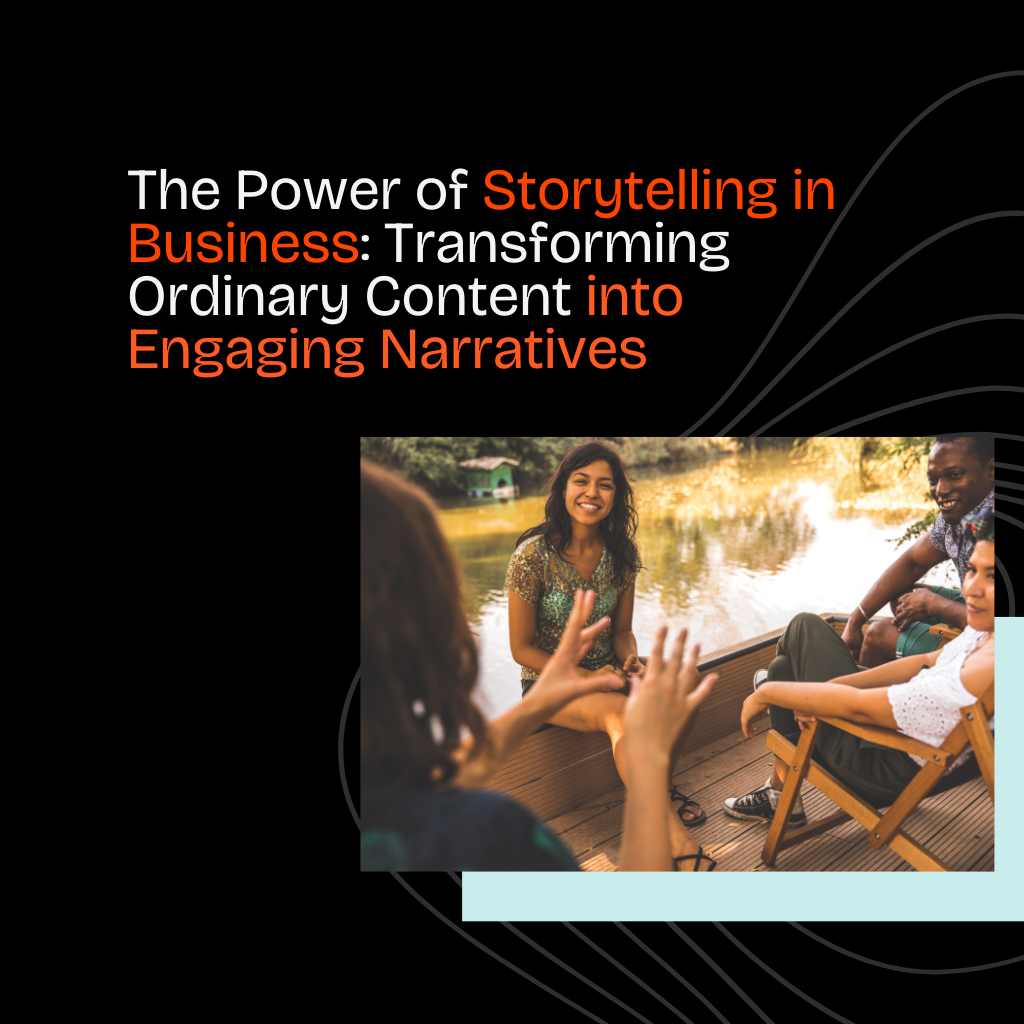The Power of Storytelling in Business: Transforming Ordinary Content into Engaging Narratives
Welcome to SolutionsPod! In our second episode, we delve into the fascinating world of **storytelling in business**. Whether you’re a seasoned entrepreneur or a newcomer trying to make your mark, understanding the art of storytelling can significantly enhance your business strategy.
Why Storytelling Matters
“Everything you’ve heard today and seen today—they’re all stories.” From waking up in the morning to reading blogs and watching videos, stories surround us. Every piece of information we absorb is a narrative in its own right.
So why are stories so compelling? Well, the human brain craves relatable and recognizable elements. Stories serve as a cognitive shortcut, helping us associate new information with familiar concepts. This is why storytelling is crucial for business owners. It transforms your content, making it more engaging and memorable.
Infusing Stories into Your Business
Statistics show that 65% of conversations are filled with stories and gossip. Even platforms like Twitter are built around trending stories. As a business owner, how do you harness this power? By incorporating storytelling into your daily content, blog posts, and overall brand voice.
Think about the last engaging ad you saw. Was it a mere sales pitch, or did it tell a story? The latter is often more effective because it draws you in emotionally, making the message resonate on a deeper level.
Examples of Effective Storytelling
Consider a recent two-minute video that captivated an audience without voiceovers or elaborate text. Why was it so effective? Because **it was a story**. Even simple, raw content created on a smartphone can be more engaging than highly polished, salesy material. The key is authenticity.
Brands like Coca-Cola and Red Bull excel in this area. They don’t just sell products; they sell experiences, emotions, and, most importantly, stories. Whether it’s Red Bull’s extreme sports campaigns or Coca-Cola’s feel-good moments, these brands understand the emotional power of storytelling.
Different Types of Stories
Storytelling isn’t one-size-fits-all. Different approaches serve different purposes:
Persuasion: This is the classic “buy this” storyline, effective but often overused. It’s about direct sales pitches that persuade customers to take action.
nspiration: Think of motivational stories that encourage people to aspire to greatness, like Nike’s ads. These stories create a sense of empowerment and drive.
Revolution: This type involves stories that inspire social change or activism. It’s about challenging the status quo and mobilizing people towards a common cause.
Manipulation: Unfortunately, some brands use this negatively, which can tarnish their reputation in the long run. The goal here is to influence decisions through misleading tactics.
-Motivation: Similar to inspiration but more focused on individual actions and self-improvement.
Visual Storytelling
In today’s digital age, visual storytelling is becoming increasingly important. Podcasts, for instance, are now incorporating video to engage audiences better. People want to see the faces behind the brands, adding a layer of authenticity to the message.
Tailoring Your Brand Voice
As you infuse stories into your brand, it’s vital to **know your audience. Are they teenagers, millennials, or baby boomers? What content are they already consuming? Tailoring your message according to your audience’s preferences can make a significant impact.
Corporate accounts often suffer from being too formal and boring. But by adding a dash of fun and relatability, you can make your content much more engaging.
Key Takeaways
“Great storytelling generates curiosity and anticipation.” By creating compelling narratives around your brand, you keep your audience coming back for more. They eagerly await your next post, your next story.
Effective storytelling can bridge the gap between conveying information and creating an emotional connection. It turns passive viewers into active participants, enhancing your brand’s reach and impact.
Storytelling isn’t just a tool—it’s an art. And like any art, it requires practice, understanding, and a genuine connection with your audience. As you venture into the world of business storytelling, remember that your goal isn’t just to sell but to connect.
“By making your content shareable and fun, you can sell without even saying ‘buy.'” Your stories will speak for themselves, drawing people to your brand naturally



